-
 bitcoin
bitcoin $106975.071866 USD
-0.29% -
 ethereum
ethereum $3871.670850 USD
-0.07% -
 tether
tether $1.000261 USD
-0.01% -
 bnb
bnb $1084.417621 USD
-0.50% -
 xrp
xrp $2.348167 USD
0.82% -
 solana
solana $185.621736 USD
0.45% -
 usd-coin
usd-coin $0.999833 USD
-0.04% -
 tron
tron $0.313423 USD
0.81% -
 dogecoin
dogecoin $0.188856 USD
0.54% -
 cardano
cardano $0.630416 USD
-0.49% -
 hyperliquid
hyperliquid $36.506353 USD
2.24% -
 ethena-usde
ethena-usde $0.999584 USD
-0.01% -
 chainlink
chainlink $16.750026 USD
-0.77% -
 stellar
stellar $0.313373 USD
0.37% -
 bitcoin-cash
bitcoin-cash $465.978560 USD
-1.57%
What is a hard fork of blockchain?
Hard forks, bifurcating blockchain into distinct paths, bring opportunities for innovation, but also carry risks like chain splits and backward incompatibilities.
Feb 17, 2025 at 08:48 pm
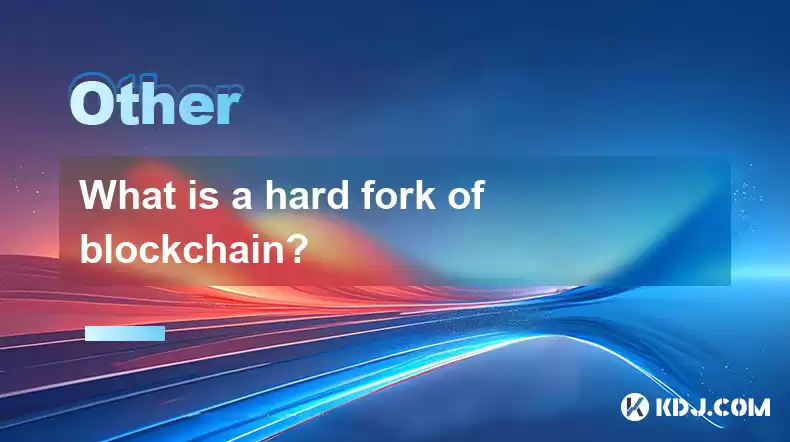
Key Points:
- Definition and Significance of a Hard Fork
- Benefits and Drawbacks of Hard Forks
- Types of Hard Forks and Their Impact
- Steps Involved in a Hard Fork Process
- Examples of Notable Hard Forks in Cryptocurrency History
- Frequently Asked Questions (FAQs) about Hard Forks
What is a Hard Fork of Blockchain?
In the intricate realm of blockchain technology, a hard fork emerges as a pivotal event that bifurcates a blockchain into two distinct paths. Unlike soft forks, which introduce backward-compatible changes without disrupting the existing network, hard forks entail a fundamental shift in the blockchain's protocol, rendering old blocks and transactions invalid on the new blockchain. This substantial divergence creates a permanent split in the blockchain, requiring all nodes and participants to upgrade to the new ruleset to continue operating on the network.
Benefits and Drawbacks of Hard Forks
Hard forks play a critical role in the evolution of blockchain technology, offering numerous benefits:
- Implementation of New Features and Upgrades: Hard forks allow developers to introduce revolutionary features, optimize network performance, or enhance security by implementing substantial protocol changes.
- Resolution of Technical Issues: They provide an avenue to address critical technical problems or bugs that cannot be fixed through soft forks, ensuring the stability and integrity of the blockchain.
- Community Empowerment: Hard forks empower the blockchain community to participate in shaping the network's future by voting on proposed changes and determining the direction of its evolution.
- Increased Risk of Chain Splits: Hard forks pose a risk of chain splits, where the original blockchain and the newly forked blockchain coexist independently, potentially leading to market confusion and reduced liquidity.
- Backward Incompatibility: Since hard forks render previous blocks invalid on the new blockchain, they create challenges for exchanges, wallets, and other services that need to support both versions of the blockchain.
Types of Hard Forks and Their Impact
Hard forks can be broadly classified into two types:
- Planned Hard Forks: These are carefully planned and executed forks that undergo extensive testing and community consensus before implementation. Examples include Ethereum's Constantinople and Istanbul hard forks.
- Contentious Hard Forks: These hard forks arise from significant disagreements within the blockchain community, often due to ideological or governance disputes. A prominent example is the hard fork that led to the creation of Bitcoin Cash.
The impact of a hard fork varies depending on its type and the underlying reasons. Planned hard forks typically have minimal disruption and gain wide acceptance, while contentious hard forks can lead to chain splits and market uncertainty.
Steps Involved in a Hard Fork Process
The hard fork process involves several critical steps:
- Proposal and Discussion: The need for a hard fork is identified, and a proposal outlining the proposed changes is presented to the community for discussion and feedback.
- Community Voting: The community votes on the proposed hard fork, with a majority vote required for its approval.
- Software Development: Based on the approved proposal, developers create and test new software implementing the hard fork changes.
- Network Activation: The new software is released and activated at a predetermined block height or date, splitting the blockchain into two paths.
- Node Update: All nodes on the network must update their software to the new version to continue operating on the new blockchain.
Examples of Notable Hard Forks in Cryptocurrency History
- Bitcoin Cash (BCH) Hard Fork: In 2017, Bitcoin underwent a contentious hard fork that created Bitcoin Cash (BCH). The split stemmed from a disagreement over increasing the block size limit to accommodate more transactions.
- Ethereum Proof-of-Stake (PoS) Hard Fork: Scheduled for 2023, this hard fork will transition Ethereum from a proof-of-work to a proof-of-stake consensus mechanism, significantly reducing its energy consumption.
- Cardano Vasil Hard Fork: In 2022, Cardano implemented a planned hard fork named Vasil, which introduced multiple performance optimizations and improved smart contract capabilities.
Frequently Asked Questions (FAQs) about Hard Forks
- What happens to existing coins during a hard fork?
During a hard fork, holders of the original cryptocurrency will typically receive equivalent amounts of the forked cryptocurrency on the new blockchain. However, if the hard fork creates two separate blockchains, the value and liquidity of the coins on each blockchain may differ.
- How do hardware wallets handle hard forks?
Hardware wallets generally allow users to access both versions of the blockchain after a hard fork. Users may need to update their hardware wallet firmware and manually split their coins to access the forked cryptocurrency.
- Can a hard fork be reversed?
Once a hard fork is implemented, it is typically irreversible, as it creates a permanent split in the blockchain. However, subsequent hard forks could potentially restore compatibility with the original blockchain.
- What are the risks associated with investing in coins that are about to undergo a hard fork?
Investing in coins that are approaching a hard fork carries increased risk due to market uncertainty and potential chain splits. Investors should thoroughly research and understand the proposed changes and their potential impact before making investment decisions.
Disclaimer:info@kdj.com
The information provided is not trading advice. kdj.com does not assume any responsibility for any investments made based on the information provided in this article. Cryptocurrencies are highly volatile and it is highly recommended that you invest with caution after thorough research!
If you believe that the content used on this website infringes your copyright, please contact us immediately (info@kdj.com) and we will delete it promptly.
- SwiReasoning: A New Frontier for Reasoning Modes in Large Language Models
- 2025-10-19 16:30:12
- Bitcoin Treasury Companies: Bubble or Breakthrough?
- 2025-10-19 16:30:12
- Floki Price Check: Oversold? Bollinger Bands Tell the Tale!
- 2025-10-19 16:45:11
- WIF Tests, Meme Coin Mania, and Crypto Headwinds: A Deep Dive
- 2025-10-19 16:35:12
- Navigating Crypto Turbulence: INJ, Bollinger Bands, and Market Consolidation
- 2025-10-19 16:35:12
- PEPE's Consolidation: Meme Coin Sector Awaits the Next Big Wave
- 2025-10-19 16:40:15
Related knowledge
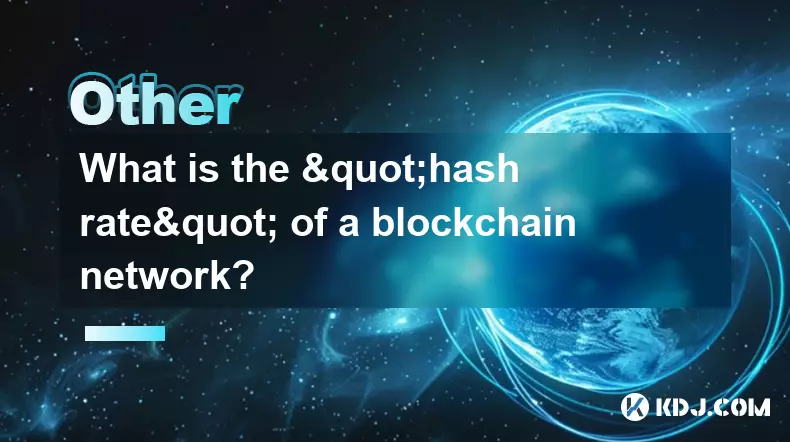
What is the "hash rate" of a blockchain network?
Oct 10,2025 at 03:55pm
Understanding Hash Rate in Blockchain Networks1. The hash rate refers to the total computational power being used to process transactions and mine new...
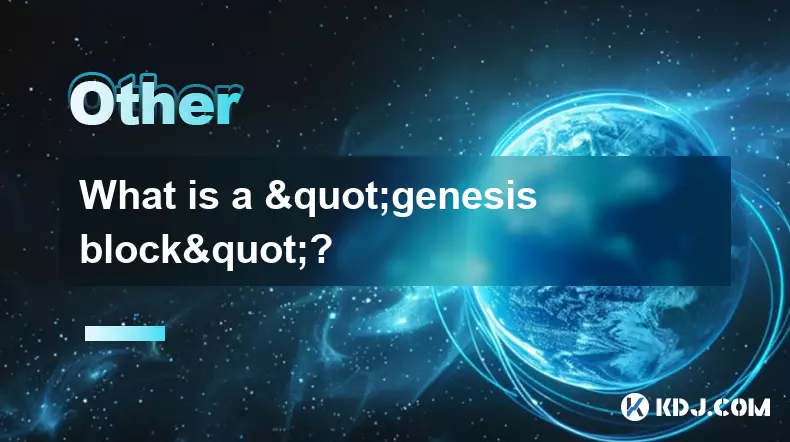
What is a "genesis block"?
Oct 15,2025 at 07:55pm
Understanding the Genesis Block in CryptocurrencyThe genesis block is the very first block in a blockchain network. It serves as the foundation upon w...
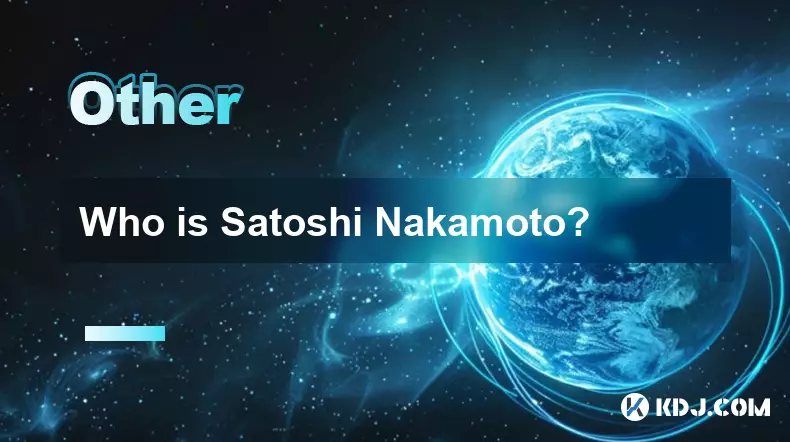
Who is Satoshi Nakamoto?
Oct 15,2025 at 01:01pm
Who is Satoshi Nakamoto?1. Satoshi Nakamoto is the pseudonymous individual or group credited with creating Bitcoin, the first decentralized cryptocurr...
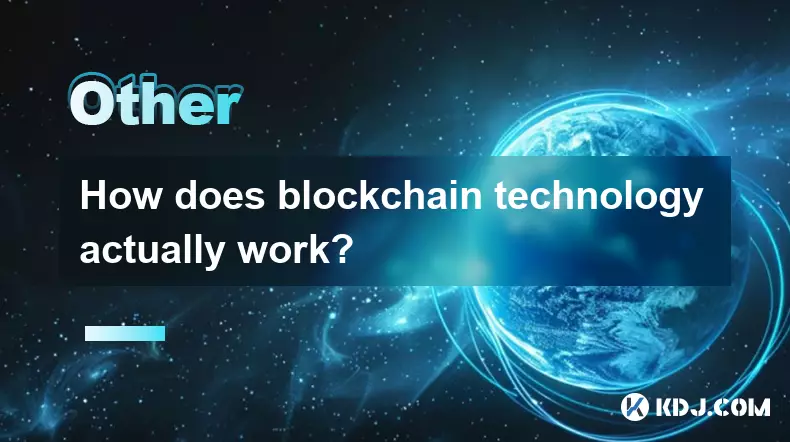
How does blockchain technology actually work?
Oct 11,2025 at 02:36pm
Understanding the Core Mechanism of Blockchain1. At its foundation, blockchain is a decentralized digital ledger that records transactions across mult...
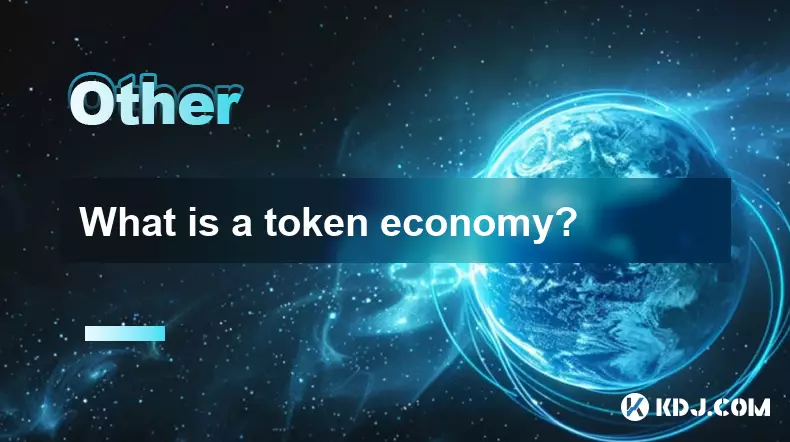
What is a token economy?
Sep 20,2025 at 12:18am
Understanding the Foundations of a Token Economy1. A token economy in the context of cryptocurrency refers to a system where digital tokens are used a...

What are suitable application scenarios for blockchain?
Sep 20,2025 at 03:19am
Decentralized Finance (DeFi) Platforms1. Blockchain enables the creation of financial services without centralized intermediaries, allowing users to l...

What is the "hash rate" of a blockchain network?
Oct 10,2025 at 03:55pm
Understanding Hash Rate in Blockchain Networks1. The hash rate refers to the total computational power being used to process transactions and mine new...

What is a "genesis block"?
Oct 15,2025 at 07:55pm
Understanding the Genesis Block in CryptocurrencyThe genesis block is the very first block in a blockchain network. It serves as the foundation upon w...

Who is Satoshi Nakamoto?
Oct 15,2025 at 01:01pm
Who is Satoshi Nakamoto?1. Satoshi Nakamoto is the pseudonymous individual or group credited with creating Bitcoin, the first decentralized cryptocurr...

How does blockchain technology actually work?
Oct 11,2025 at 02:36pm
Understanding the Core Mechanism of Blockchain1. At its foundation, blockchain is a decentralized digital ledger that records transactions across mult...

What is a token economy?
Sep 20,2025 at 12:18am
Understanding the Foundations of a Token Economy1. A token economy in the context of cryptocurrency refers to a system where digital tokens are used a...

What are suitable application scenarios for blockchain?
Sep 20,2025 at 03:19am
Decentralized Finance (DeFi) Platforms1. Blockchain enables the creation of financial services without centralized intermediaries, allowing users to l...
See all articles



















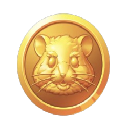

![[4K 60fps] Astral by oc3andark (1 Coin) [4K 60fps] Astral by oc3andark (1 Coin)](/uploads/2025/10/19/cryptocurrencies-news/videos/k-fps-astral-ocandark-coin/68f438453fa33_image_500_375.webp)




















































